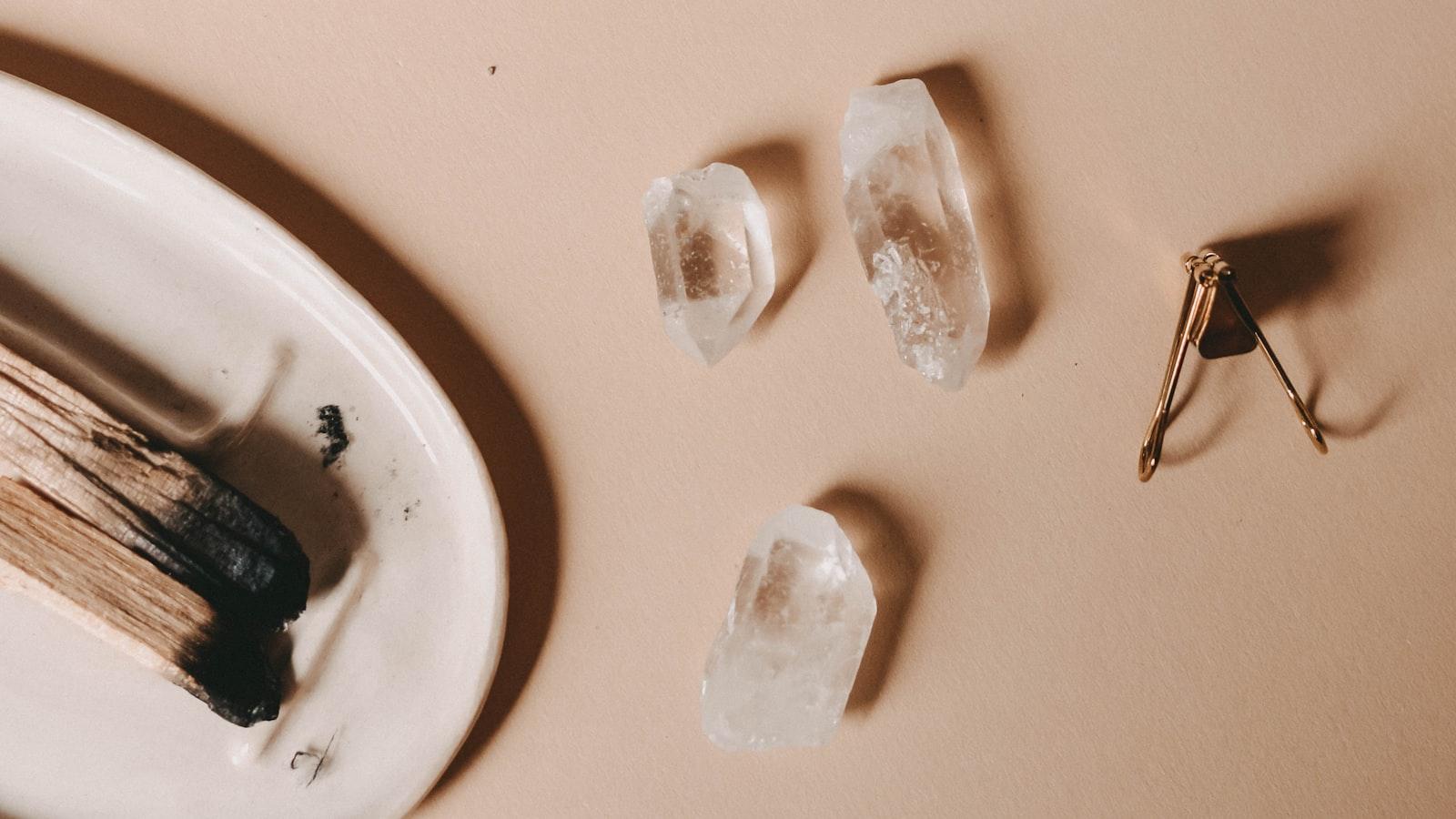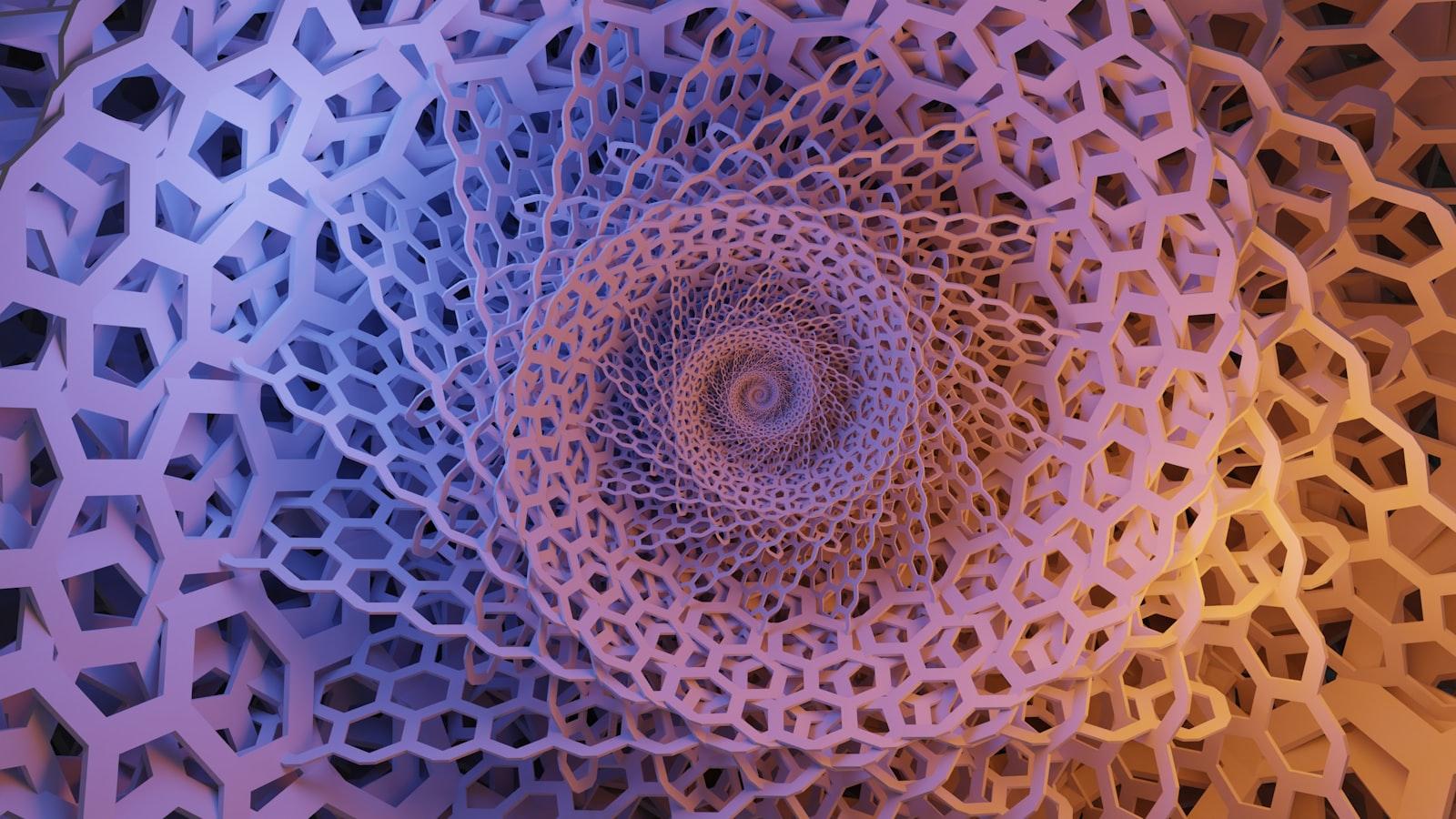Hey there, have you ever wondered about the spiritual meaning of jade? Well, look no further because in this article we’re going to dive into the fascinating world of jade and its significance in spirituality. Let’s explore the ancient beliefs and modern interpretations surrounding this beautiful and mystical stone.
The Origins of Jade
Jade is a beautiful gemstone that has been revered for centuries for its spiritual significance. can be traced back to ancient civilizations such as the Chinese, Mayan, and Maori cultures. In these cultures, jade was considered a symbol of purity, protection, and wisdom. It was believed to have healing properties and to bring good luck to those who wore it.
One of the most well-known meanings of jade is its representation of harmony and balance. In Chinese culture, jade is often associated with the concept of Yin and Yang, representing the balance between opposing forces. This balance is believed to bring peace and harmony to one’s life. Jade is also considered a stone of protection, helping to ward off negative energies and bring good fortune.
For the Mayans, jade was a sacred stone that symbolized immortality and power. It was often used in religious ceremonies and was believed to connect the living with the spirits of the afterlife. The Maori people of New Zealand also held jade in high regard, using it for carving ceremonial objects and as a symbol of status and power.
The spiritual meaning of jade continues to resonate with people today, as the gemstone is still valued for its protective and healing properties. Whether worn as jewelry or kept as a talisman, jade serves as a reminder of the importance of balance, harmony, and protection in our lives.

Symbolism in Different Cultures
Jade is a precious stone that has held deep spiritual meaning in various cultures around the world for centuries. In Chinese culture, jade is believed to possess protective and healing properties. It is considered a symbol of purity, harmony, and luck, and is often used in feng shui to attract positive energy and balance chi.
In Mayan culture, jade was highly revered and considered a symbol of power, status, and spirituality. Jade artifacts were often used in spiritual rituals and ceremonies, and were believed to connect the wearer with the spirit world. The color of jade was also significant, with different shades representing different aspects of nature and life.
In Maori culture, jade, or ”pounamu” as it is known, holds great significance as a symbol of strength, protection, and mana (spiritual power). Jade carvings, known as “taonga,” are considered precious treasures and are often passed down through generations as heirlooms. Maori warriors would wear jade pendants called “hei-tiki” for protection and good fortune.
Overall, jade holds a universal spiritual meaning of balance, harmony, protection, and connection with the divine in many cultures. Whether worn as jewelry, used in rituals, or displayed in homes, jade continues to be a revered symbol of spirituality and power that transcends borders and time.

Healing Properties of Jade
Jade has long been revered for its healing properties and spiritual significance. In Chinese culture, jade is believed to symbolize purity, serenity, and abundance. It is considered a powerful protective stone that brings harmony and balance to the mind, body, and spirit.
One of the most well-known is its ability to promote good fortune and prosperity. It is said to attract wealth and abundance into one’s life, as well as enhance personal growth and self-discovery. By wearing or carrying jade, one can harness its positive energy and manifest their desires.
Additionally, jade is believed to have a calming effect on the nervous system and promote emotional healing. It is often used to alleviate stress, anxiety, and negative emotions. Jade is also thought to purify the aura and eliminate toxins from the body, leading to improved overall health and well-being.
Overall, jade is a stone of wisdom and balance that can bring a sense of peace and harmony to those who seek its guidance. Whether worn as jewelry, placed in the home, or used in meditation, jade is a powerful tool for spiritual growth and transformation.

Mystical Powers of Jade
The spiritual meaning of jade goes beyond its physical beauty and monetary value. Jade is believed to possess mystical powers that can bring harmony, balance, and protection to its wearer.
**Healing properties**:
- Jade is considered a symbol of purity and serenity
- It is believed to promote emotional healing and bring peace to the wearer
- Jade is also said to protect against negative energies and bring good luck
**Spiritual connections**:
- In many cultures, jade is associated with wisdom, compassion, and inner peace
- It is considered a sacred stone that can help connect the physical body with the spiritual realm
- Jade is often used in meditation practices to enhance spiritual growth and understanding
| Color | Meaning |
|---|---|
| Green | Harmony and balance |
| White | Purity and serenity |
**Emotional benefits**:
- Jade is believed to help release negative emotions and promote self-healing
- It can bring a sense of calm and tranquility to the wearer, reducing stress and anxiety
- Jade is also thought to enhance creativity and encourage positive thinking
Concluding Remarks
In conclusion, jade is a precious stone that holds a deep spiritual significance in many cultures around the world. Its properties are believed to bring balance, harmony, and protection to those who wear it. Whether you believe in the spiritual meanings of jade or not, there’s no denying its beauty and allure. So next time you see a piece of jade, take a moment to appreciate the connection between its physical beauty and its spiritual significance. Who knows, it may just bring a little extra harmony into your life.
